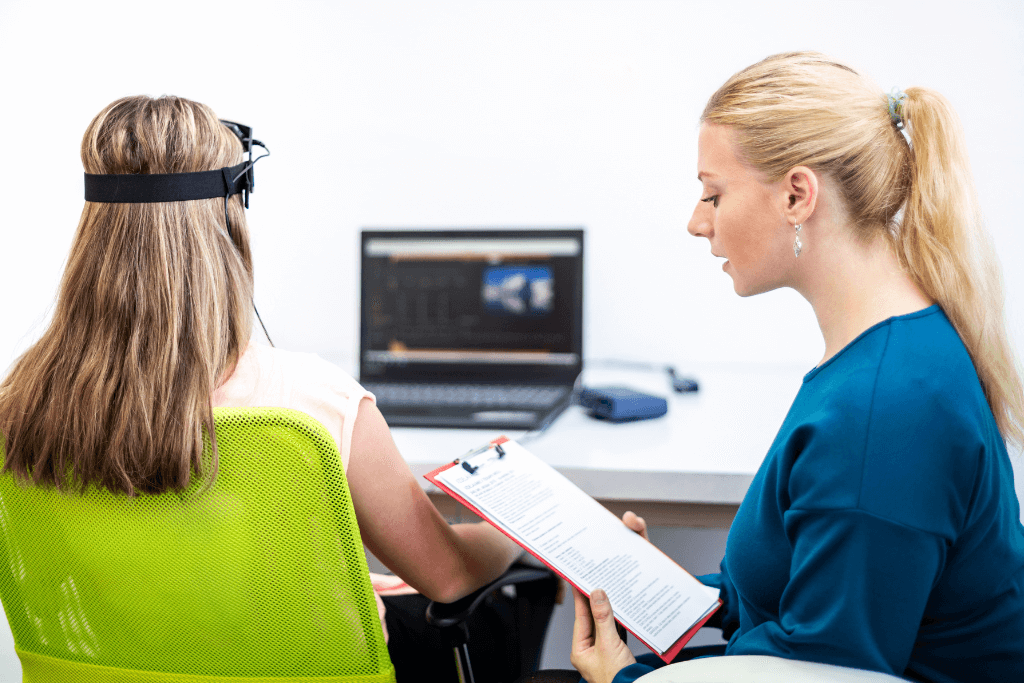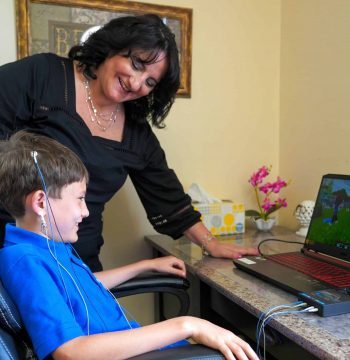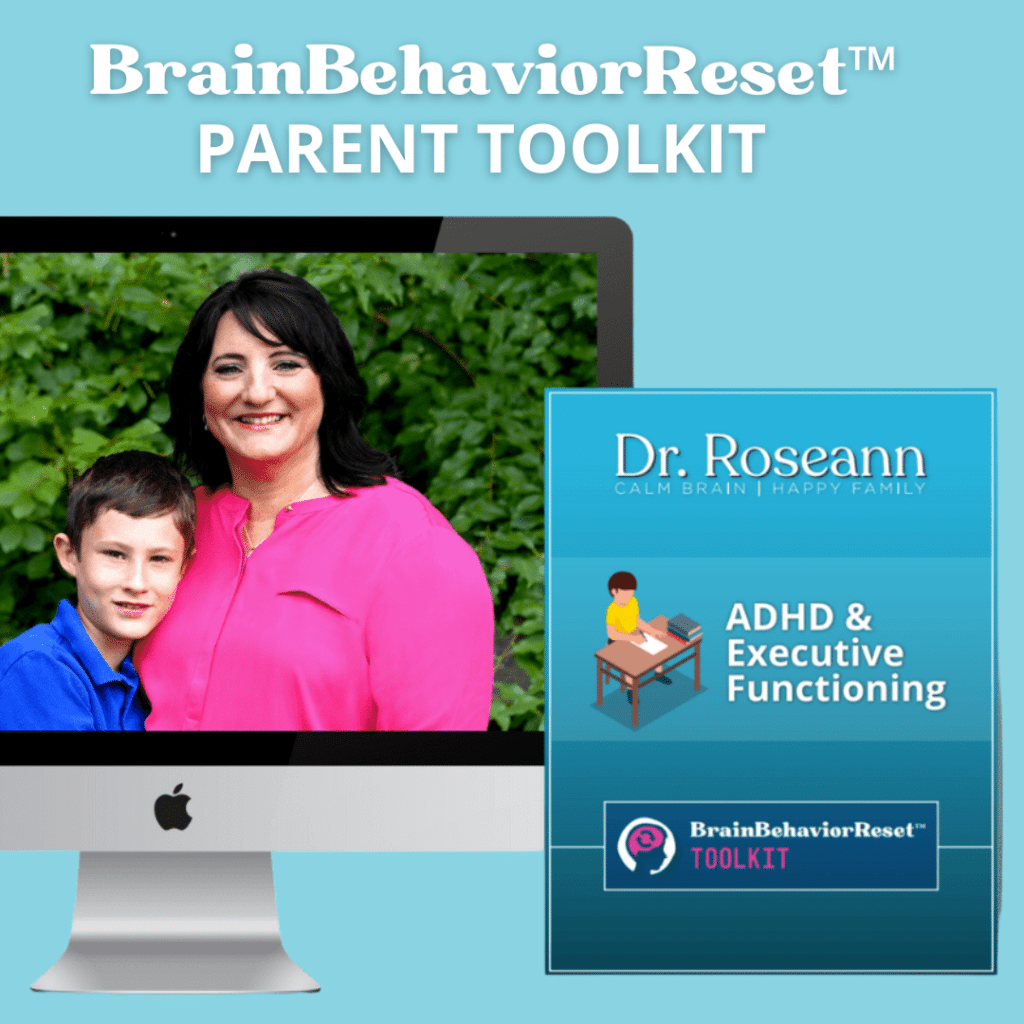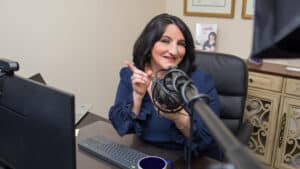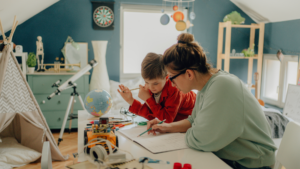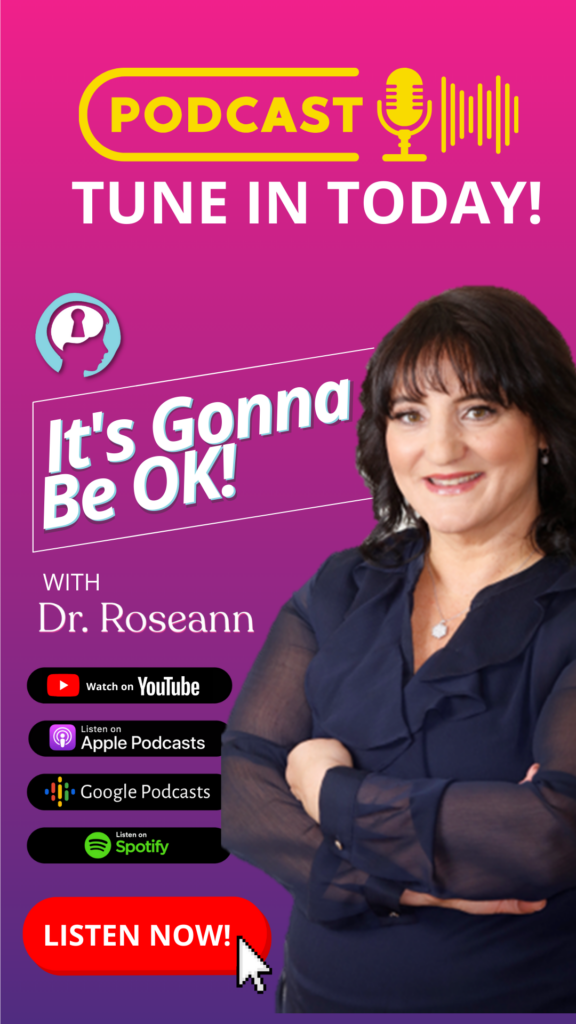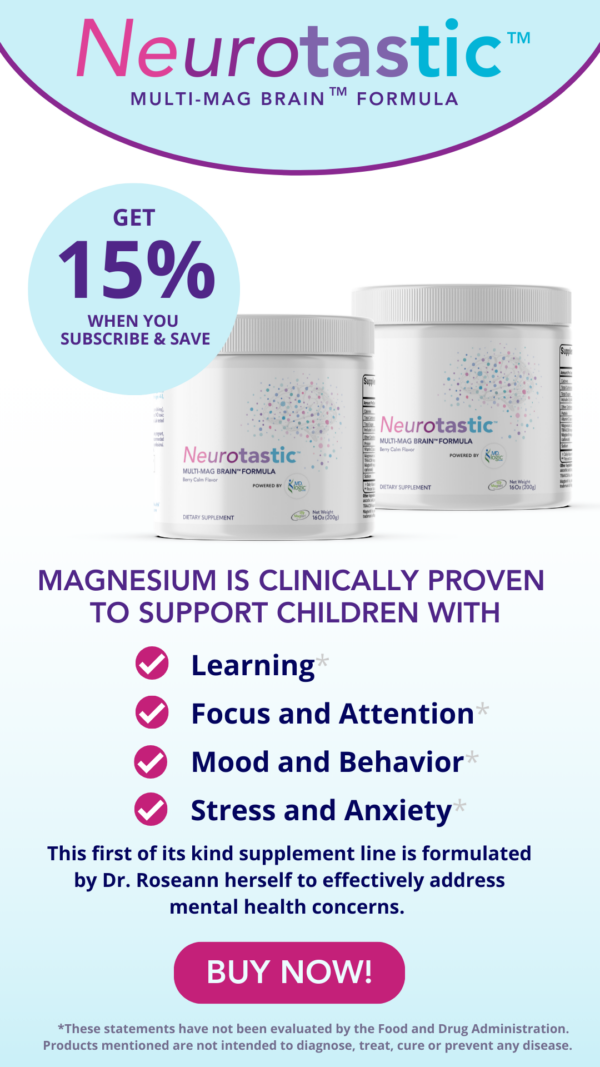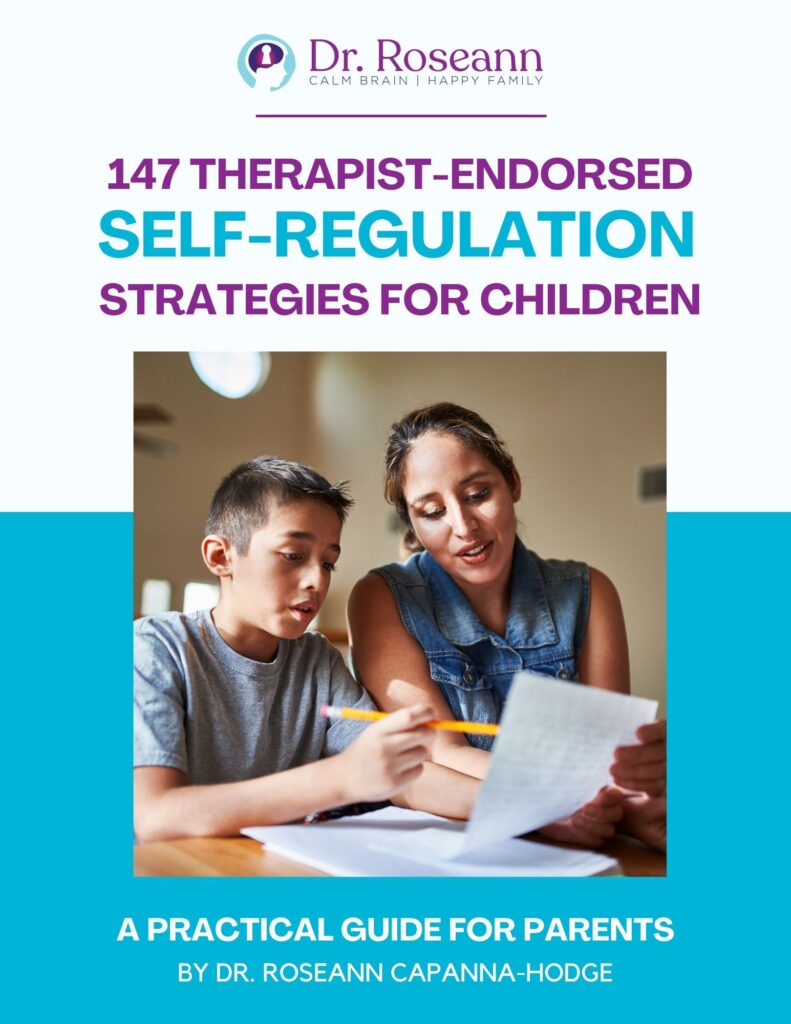With the rise of clinical issues such as anxiety and depression in children and adults, people are searching for natural mental health solutions.
Neurofeedback and biofeedback are two different forms of brain-based treatments that gained popularity in recent years due to their non-invasive and mediation-free approach to improving physical and mental health issues and clinical disorders. They both have decades of research that demonstrate their efficacy in treating various issues, including ADHD, anxiety, depression, OCD, learning and processing issues, and so on.
These are great evidence-based alternatives to drug-based treatments for mental health symptoms and disorders. While both methods involve using sensors to monitor bodily functions, they differ in how they train a person to control these functions.
With neurofeedback, its focus is on training the brain to control its own brainwaves. With biofeedback, one learns to control bodily functions such as heart rate, skin temperature, and muscle tension.
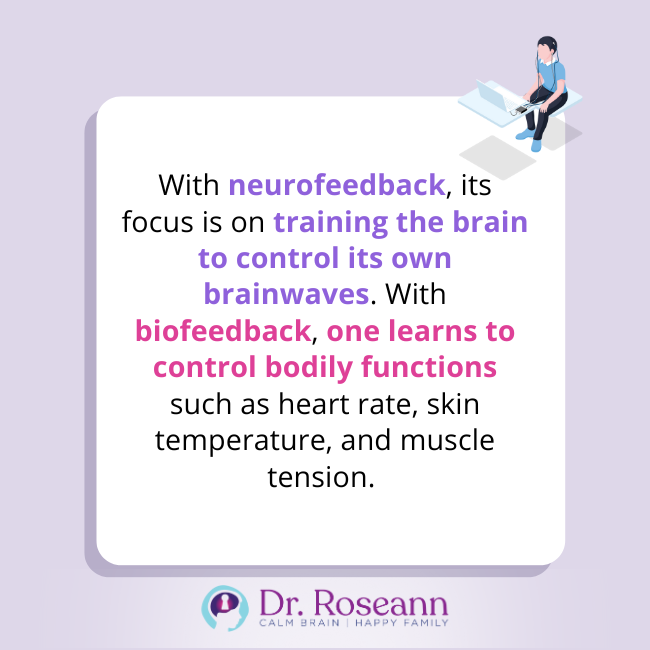
What is Neurofeedback?
You may have heard of neurofeedback, but most don't understand how it changes the brain. Neurofeedback therapy uses real-time monitoring of brain activity to train, regulate, and modify brain function based on the principle of operant conditioning.
Operant conditioning is a method of learning that focuses on rewards and punishments for behavior performed, and with neurofeedback, the brain changes itself based on visual and auditory reinforcement.
Neurofeedback therapy typically involves using EEG (electroencephalogram) sensors placed on the scalp to detect brainwave activity, which is then fed back to the individual through visual or auditory cues through a computer. When they produce a healthy combination of brainwaves, their brain gets reinforced, learning to stay in a healthy rhythm over several sessions.
By learning to modify brainwave activity, a person can improve symptoms associated with neurological and psychological conditions, including ADHD, anxiety disorders, depression, and seizures. When the brain produces a healthy combination of brainwaves, a person is more focused, can process faster, and one's mood is improved.
A Brief History of Neurofeedback
Most people are surprised to learn that biofeedback and neurofeedback have been around for a very long time. Neurofeedback has a long history, dating back to Richard Caton's observation of electrical patterns in animal brains in Great Britain in 1875. Then, in the early 1920s, Hans Berger discovered human brain patterns called alpha rhythms.
Two British scientists, Adrian and Matthews, later repeated Berger's studies and introduced EEG to the scientific community. Neurofeedback is based on the foundation of operant conditioning, which was first historically introduced by Ivan Pavlov in 1927 through classical conditioning.
Neurofeedback emerged as a field of study in 1968 when Dr. Barry Sterman researched neurological activity associated with sleep. He observed brain activity in cats and monkeys using EEG monitoring equipment and coined “sensory motor rhythm.”
Sterman's findings would be used to treat toxic rocket fuel-induced seizures in astronauts, and NASA still utilizes these tactics today. In the early 1970s, Roy John from the New York University Medical Center coined “neurometrics.”
Researchers such as Kamiya, Kliterman, and Peniston laid the foundation for Neurofeedback treatment of anxiety and psychosomatic disorders. Then, in the 1970s and 80s, with the invention of the personal computer, Dr. Joel Lubar began using neurofeedback to treat people with ADHD. It soon became a widely recognized treatment with his work and research.
How Does Neurofeedback Work?
Neurofeedback enhances communication between neurons that influences our emotions, thoughts, and behaviors, which generates synchronized electrical signals and pulses known as brain waves. Some brain waves are inhibitory, while others are excitatory, with specific frequencies associated with over- or under-arousal that directly impact the behavior we see in our children.
Most neurofeedback begins with a QEEG brain map. A QEEG brain mapping can help identify the state of the brain and its correlation with brainwaves in both specific brain regions and brain communication. One can detect brain waves through sensors placed on the scalp.
Brain waves change depending on our emotional state, with slower waves associated with fatigue and higher waves indicating alertness. We can influence our emotional state by learning how to manipulate our brains.
Neurofeedback provides simple reinforcement to the subconscious brain, which changes brain wave activity. Over several sessions, neurofeedback works to regulate the central nervous system and achieve a healthy brain rhythm.
Dysregulation in the nervous system can lead to conditions like ADHD or depression, but neurofeedback can help reduce symptoms. Dysregulated behaviors in children can be observable when a child has externalized behaviors such as anger and hyperactivity but less observable when internalized behaviors such as worried thinking or being unfocused. Neurofeedback aims to produce a healthy combination of brainwaves that results in feeling more focused and regulated.
Neurofeedback can promote new electrical activity in the brain. An EEG neurofeedback device can record and measure activity to provide feedback to mental health professionals so they can easily monitor treatment progress.
Research shows us that neurofeedback is safe and has minimal temporary side effects. The most common side effect is mental fatigue.
Benefits of Neurofeedback
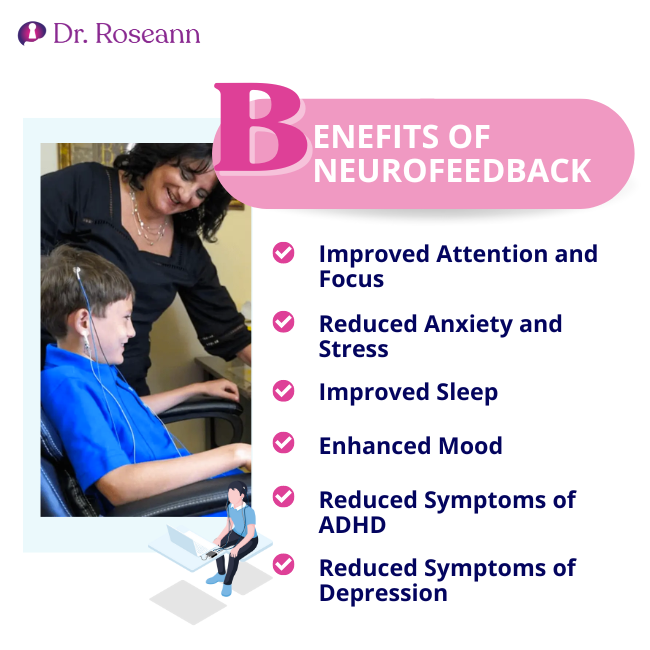
Neurofeedback involves training sessions to modify one's brainwave patterns to significantly improve one's emotional and cognitive functions. Most people train two to three times a week for five to six months to create stable brain change. Neurofeedback training has several potential benefits, including
1. Improved Attention and Focus
Neurofeedback can help people learn to control their brain waves and increase brain communication, improving their ability to concentrate and focus on tasks.
2. Reduced Anxiety and Stress
By learning to regulate their brainwaves, a person may be better able to manage stress and anxiety. It also supports a relaxed parasympathetic dominant brain state.
3. Improved Sleep
Neurofeedback may help people improve sleep quality and duration by teaching them to regulate their brainwave patterns associated with sleep. It also lowers stress in the brain and body to help one fall and stay asleep.
4. Enhanced Mood
Neurofeedback has been shown to improve mood in some people by increasing the production of certain neurotransmitters associated with positive emotions. When training in the brain's emotional centers or the limbic region, one can tone down reactivity that leads to over-emotional responses.
5. Reduced Symptoms of ADHD
Neurofeedback has been used as a treatment for ADHD, and studies have shown that it may effectively reduce symptoms such as impulsivity and hyperactivity (Loo, 2003). Thousands of research studies show just how effective neurofeedback for ADHD is. The American Academy of Pediatrics rates it as a level-one treatment for ADHD, which is the same as psychostimulant medication.
6. Reduced Symptoms of Depression
Some studies suggest that neurofeedback may be an effective treatment for depression, as it can help to regulate brainwave patterns associated with negative emotions (Barlas, 2021).
Biofeedback Psychology Definition
Biofeedback uses electronic instruments to measure and provide feedback to a person about their bodily functions, such as blood pressure, heart rate, muscle tension, and brain wave activity.
Biofeedback therapy aims to help people learn how to consciously regulate bodily functions and manage physical and emotional responses to stress and other stimuli. This therapy treats various conditions, including anxiety, chronic pain, tension headaches, high blood pressure, and insomnia. Many people with headaches or chronic conditions find biofeedback to be a helpful tool.
What is HRV Biofeedback?
HRV biofeedback training program focuses on regulating heart rate variability (HRV) to improve overall health and well-being. HRV refers to the time variation between consecutive heartbeats. It indicates the flexibility and adaptability of the autonomic nervous system, which regulates many body functions.
HRV biofeedback typically involves using a device that measures HRV and provides real-time feedback on heart rate patterns. The device provides a visual to teach one to sync their heart rate and breath.
The person being trained is guided to adjust their breathing rate and pattern to increase the HRV waveform's amplitude, reflecting a more coherent and efficient autonomic nervous system function. And when that coherence happens, one feels more relaxed.
HRV biofeedback aims to teach people to improve their HRV patterns and maintain these changes over time, enhancing stress resilience, emotional regulation, and overall health. HRV biofeedback has been used to treat various conditions, including insomnia, anxiety, depression, hypertension, and chronic pain.
How Does HRV Lowers Stress and Anxiety?
HRV biofeedback technology, when used with the guidance of mental health professionals, can help lower stress and anxiety in several ways. They work by:
1. Activating the Parasympathetic Nervous System
HRV biofeedback can help increase activity in the parasympathetic nervous system responsible for the body's “rest and digest” response. By activating this system, the body can reduce stress and anxiety. And for those significantly activated, it can take one out of a fight, flight, or freeze response.
2. Regulating Breathing
HRV biofeedback often involves breathing exercises to help regulate the breath and promote relaxation. Slow, deep breathing can stimulate the vagus nerve, a crucial part of the parasympathetic nervous system, and help reduce stress and anxiety.
3. Enhancing Emotional Regulation
With the proper HRV biofeedback methods, patients can regulate emotions by improving their self-regulating ability. Likewise, one can better handle stress and anxiety by learning how to control physiological responses.
4. Improving Resilience
HRV biofeedback can help improve a person's resilience to stress by increasing their ability to recover from stressful events. It can help reduce the long-term impact of stress and anxiety on the body and mind.
What is Biofeedback Training Like?
Biofeedback training typically involves a series of sessions with a trained practitioner who uses sensors to measure specific physiological processes, such as heart rate variability, muscle tension, or skin conductance. The practitioner then provides real-time feedback to the person about their physiological responses, typically through visual or auditory cues.
During the training, the person is typically asked to engage in specific activities, such as deep breathing, relaxation techniques, or mental imagery, while receiving feedback about their physiological responses. The goal is to learn how to regulate these responses voluntarily, with the help of feedback, and eventually without it.
Biofeedback training is often customized to the person's needs and goals and may be combined with other therapies, such as cognitive-behavioral therapy or mindfulness-based interventions.
The number and duration of sessions can vary depending on the person's needs and progress. Some people may continue using biofeedback equipment to apply the techniques they learned after the training independently.
Biofeedback devices for home use are readily available on the market and are a great tool for many.
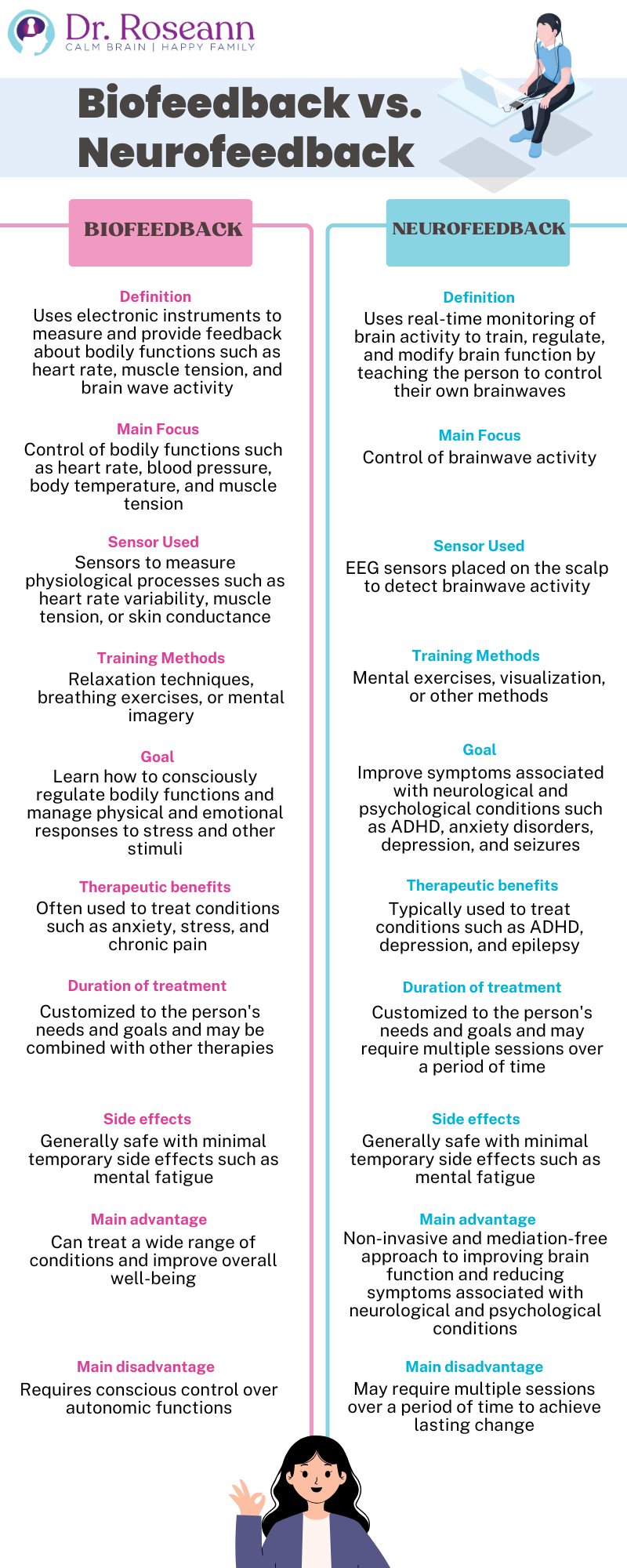
How is a Biofeedback Session Different from a Neurofeedback Session?'
While both biofeedback and neurofeedback are forms of therapy that involve monitoring physiological responses, they differ in terms of the type of response that is monitored and how the treatment is delivered.
Biofeedback typically involves monitoring physiological responses such as heart rate, blood pressure, body temperature, and muscle tension and providing feedback to the patient in real-time. This feedback can be in sounds, visual displays, or other cues. The patient is then taught how to modify their physiological responses through relaxation techniques, breathing exercises, or other methods.
On the other hand, neurofeedback involves monitoring the brain's electrical activity, usually using an EEG biofeedback device, and providing feedback to the patient about their brain waves. The patient is then taught how to regulate their brain waves through mental exercises, visualization, or other methods. In essence, neurofeedback is a form of biofeedback for the brain.
Neurofeedback works at the subconscious level, and biofeedback requires one to have conscious control over autonomic functions. With neurofeedback, the subconscious brain learns to regulate through measurement and reinforcement. Both neurofeedback and biofeedback can lower stress quickly but take time to create lasting change within the brain.
Regarding the therapeutic benefits, biofeedback is often used to treat conditions such as anxiety, stress, and chronic pain. In contrast, neurofeedback is typically used to treat conditions such as ADHD, depression, and epilepsy. However, both forms of therapy can help manage a wide range of conditions and improve overall well-being and lower stress levels.
Citations
Barlas, D. (2021). A Meta-Analysis of the Effect of Neurofeedback on Depression. NeuroRegulation, 8(2), 104–104. https://doi.org/10.15540/nr.8.2.104
Loo, S. K. (2003). EEG and Neurofeedback Findings in ADHD. The ADHD Report, 11(3), 1–6. https://doi.org/10.1521/adhd.11.3.1.23479
Always remember… “Calm Brain, Happy Family™”
Are you looking for SOLUTIONS for your struggling child or teen?
Dr. Roseann and her team are all about solutions, so you are in the right place!
There are 3 ways to work with Dr. Roseann:
You can get her books for parents and professionals, including: It’s Gonna Be OK™: Proven Ways to Improve Your Child’s Mental Health, Teletherapy Toolkit™ and Brain Under Attack: A Resource For Parents and Caregivers of Children With PANS, PANDAS, and Autoimmune Encephalopathy.
If you are a business or organization that needs proactive guidance to support employee mental health or an organization looking for a brand representative, check out Dr. Roseann’s media page and professional speaking page to see how we can work together.
Dr. Roseann is a Children’s Mental Health Expert and Therapist who has been featured in/on hundreds of media outlets including, CBS, NBC, FOX News, PIX11 NYC, The New York Times, The Washington Post,, Business Insider, USA Today, CNET, Marth Stewart, and PARENTS. FORBES called her, “A thought leader in children’s mental health.”

She is the founder and director of The Global Institute of Children’s Mental Health and Dr. Roseann Capanna-Hodge. Dr. Roseann is a Board Certified Neurofeedback (BCN) Practitioner, a Board Member of the Northeast Region Biofeedback Society (NRBS), Certified Integrative Medicine Mental Health Provider (CMHIMP) and an Amen Clinic Certified Brain Health Coach. She is also a member of The International Lyme Disease and Associated Disease Society (ILADS), The American Psychological Association (APA), Anxiety and Depression Association of America (ADAA) National Association of School Psychologists (NASP), International OCD Foundation (IOCDF) International Society for Neurofeedback and Research (ISNR) and The Association of Applied Psychophysiology and Biofeedback (AAPB).
© Roseann-Capanna-Hodge, LLC 2023
Disclaimer: This article is not intended to give health advice and it is recommended to consult with a physician before beginning any new wellness regime. *The effectiveness of diagnosis and treatment vary by patient and condition. Dr. Roseann Capanna-Hodge, LLC does not guarantee certain results.

